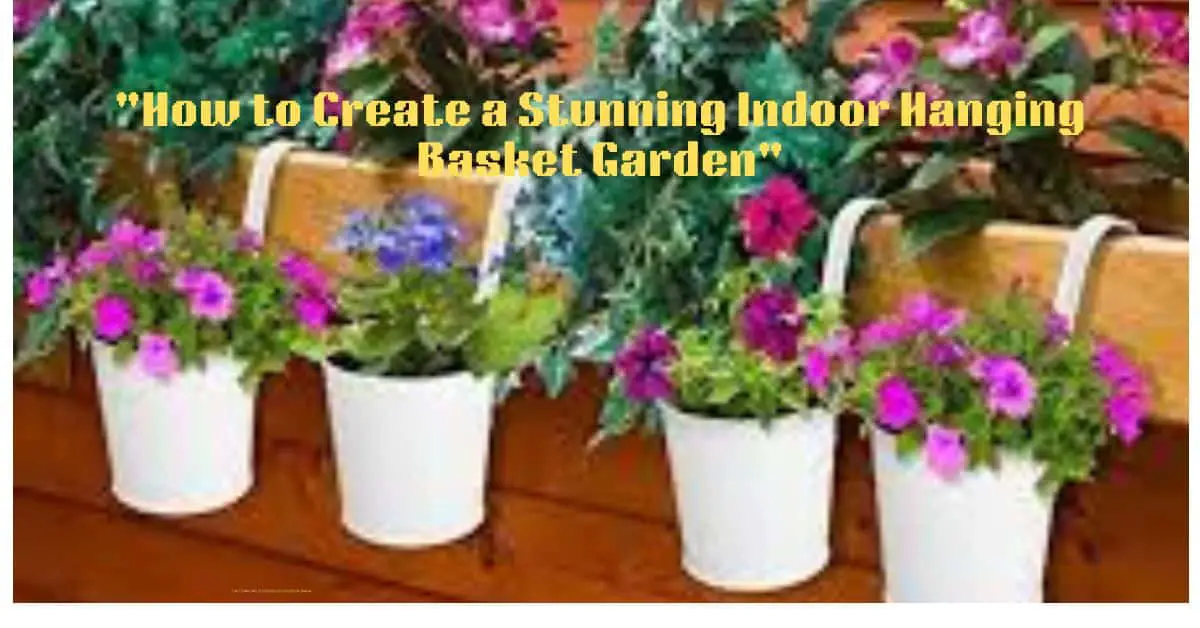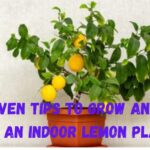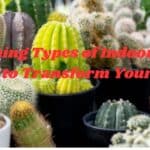Looking to add a splash of green and transform your space into an indoor oasis? An indoor hanging basket garden is a fantastic way to bring nature indoors, even if you’re short on space. With the right plants, arrangement, and a few design tricks, you can create a stunning indoor hanging basket garden that’s both beautiful and low-maintenance. Let’s dive into how to get started, which plants to choose, and tips to make your indoor hanging garden truly shine.
Table of Contents
Why Choose an Indoor Hanging Basket Garden?
Indoor hanging basket gardens are perfect for small spaces, as they allow you to use vertical space creatively. They add depth and dimension to any room while keeping surfaces clutter-free. Hanging plants also bring a sense of calm and well-being into the home, purifying the air and softening harsh lines or empty spaces.
I decided to create my own indoor hanging garden after a trip to a local café. They had plants cascading from the ceiling, creating a cozy and vibrant atmosphere. Inspired, I began my journey into indoor hanging gardening, and it’s been one of the best additions to my home.
Step 1: Choosing the Right Location for Your Hanging Basket Garden
Before picking out plants or baskets, decide where your hanging garden will go. The ideal spot will depend on two factors: light and space.
- Light: Most indoor plants for hanging baskets thrive in bright, indirect light. Place baskets near a window or a bright corner. If your chosen space doesn’t get much light, consider low-light plants like Pothos or add a grow light.
- Space: Think about the height of the ceiling and accessibility for watering. Hanging baskets need to be reachable but high enough to make use of vertical space. Kitchen corners, bathrooms, and living rooms are all great spots for an indoor hanging basket garden.
Personal Tip: I started with one basket near my living room window to see how it would fare, then gradually added more. This way, I could test the lighting and see how the plants responded before committing to a full setup.
Step 2: Selecting the Right Plants
Choosing the right plants is key to a beautiful, low-maintenance indoor hanging garden. Some of the best plants for hanging baskets are those with trailing or cascading growth patterns. Here are a few fantastic options:
- Pothos (Epipremnum aureum) – An easy-to-care-for plant with long, trailing vines and heart-shaped leaves. It’s perfect for beginners and thrives in various lighting conditions.
- Spider Plant (Chlorophytum comosum) – Known for its striped, arching leaves and little “babies” that dangle from the main plant. Spider plants are low-maintenance and grow well in indirect light.
- String of Pearls (Senecio rowleyanus) – A unique succulent with round, bead-like leaves that cascade down beautifully. It needs bright, indirect light and infrequent watering.
- Philodendron Brasil – With green and yellow variegated leaves, this philodendron adds a tropical touch and is easy to grow in indirect light.
- Boston Fern (Nephrolepis exaltata) – Perfect for adding lush, feathery greenery to a space. It loves humidity, so it’s great for bathrooms or kitchens.
Personal Tip: I started with a mix of Pothos and Spider Plants because they’re resilient and grow quickly. The mix of textures created a fuller look, giving my space that lush, tropical feel.
Step 3: Choosing the Right Hanging Baskets
The type of hanging baskets you choose will depend on your style and the needs of your plants. Here are a few popular options:
- Macrame Hangers: These bohemian-style hangers are trendy and versatile. They can hold various pot sizes, and the intricate knots add a cozy, handmade feel to your setup.
- Metal or Wooden Wall Brackets: These are great if you want to hang baskets near walls. They offer a sturdy and stylish way to display your plants, especially in corners or near windows.
- Self-Watering Hanging Baskets: If you want low-maintenance, self-watering baskets are a game-changer. They reduce watering frequency, making them ideal for busy lifestyles.
- Glass or Ceramic Pots: If you prefer a polished, modern look, glass or ceramic pots can give a sleek touch. Just ensure they have drainage holes or place a layer of pebbles at the bottom to prevent water buildup.
Personal Tip: I chose macrame hangers because they allowed me to mix and match pots easily. They add a relaxed, natural vibe, and I could adjust the height of each pot simply by re-knotting.
Step 4: Arranging Your Hanging Garden
Arranging an indoor hanging garden is both creative and functional. Here are some ideas to help you create a visually appealing setup:
- Layer the Heights: Hang plants at different levels to create a cascading effect. Taller plants can go in the top baskets, while shorter, bushier plants can go in lower baskets.
- Play with Colors and Textures: Mix variegated leaves with solid green leaves to add variety. Pair soft, feathery ferns with bold, heart-shaped leaves to create contrast.
- Group by Lighting Needs: Ensure plants with similar lighting and watering needs are grouped together. This will simplify your care routine and help your plants thrive.
- Fill in Empty Spaces: If you have a small corner or empty wall, use a single hanging basket or a small cluster of baskets to fill the space. It’s an easy way to make a big impact without overcrowding.
Personal Tip: I started with three different heights, placing the longest-trailing plant (Pothos) at the top and filling in with shorter Spider Plants and a Boston Fern. The layering effect made the display feel full and dynamic.
Step 5: Caring for Your Hanging Basket Garden
Even low-maintenance plants need some love! Here are a few tips to keep your hanging garden thriving:
- Watering: Since hanging baskets dry out faster than regular pots, check the soil moisture regularly. A moisture meter is a great tool to ensure you’re not over- or under-watering.
- Rotating: Rotate your baskets every few weeks so all sides of the plant receive equal light. This helps maintain even growth.
- Pruning: Regularly trim back long vines or remove any dead leaves to encourage new growth and keep your plants looking lush.
- Fertilizing: During the growing season (spring and summer), add a balanced, diluted fertilizer once a month to support healthy growth.
- Dusting: Don’t forget to occasionally dust the leaves, especially if your plants are in high traffic areas. Clean leaves can better absorb sunlight, promoting growth.
Personal Tip: I keep a small spray bottle near my baskets to mist the plants that love humidity, like the Boston Fern. This little routine keeps my garden looking fresh and green.
Wrapping Up: Bringing Your Indoor Hanging Garden to Life
Creating a stunning indoor hanging basket garden is easier than you might think! With a bit of planning and the right plants, you can enjoy a lush, green display that brings nature indoors and adds character to your space. Remember, start small and gradually expand your hanging garden as you learn what works best in your space.
From arranging heights to choosing low-maintenance plants, there’s plenty of room to express your style and creativity. So, grab a few hanging baskets, pick out some plants, and get ready to enjoy your beautiful, thriving indoor oasis!










